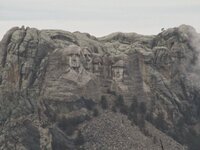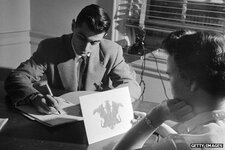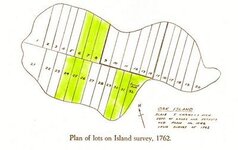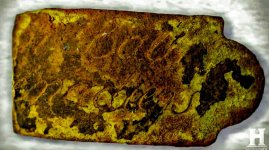Stretch Da Truth
Bronze Member
- Jan 13, 2017
- 1,038
- 1,097
- Detector(s) used
- XP Déus & a Carrot!
- Primary Interest:
- Metal Detecting
Yes, I "Believe" the Tomb built for Francis Bacon, the Claimed Legitimate First Son of Queen Elizabeth, Rightful King of England, Rosicrucian, Responsible for Starting The Royal Society of England, Co-Author of Shakespeare, Translator of The King Jame's Bible, and Revered Friend of The Freemasons, is still safely Buried on Oak Island.
The carved stone of the Knight's Templar guarding him, remains on the island.
Wasn't this rock buried? Nolan had to dig it up, right? Thought it was like 4' - 6' deep as I recall. So that would put his grave right in the immediate area? Would be neat if it was but who is in charge of Nolan's property now? Will they cooperate with the Lagina's to get to the bottom of this? The only mention of Nolan after his passing was that they got his OK to search the swamp or something like that before he passed so they were gonna do what they agreed upon previously.








